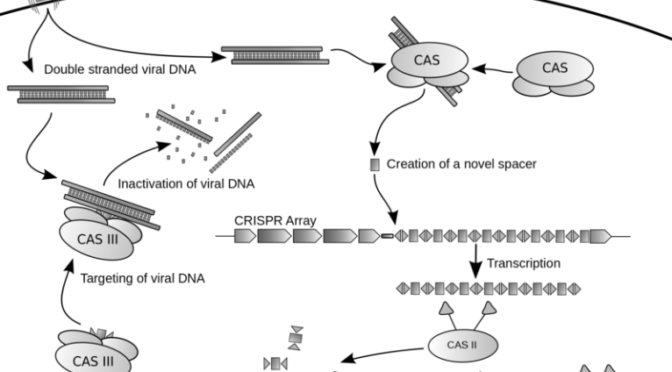Richard Ha writes:
Hawaiian Electric Company (HECO) and Hawaii Electric Light
Company (HELCO) are asking for PUC approval to pay Aina Koa Pono $200/barrel for biofuel, and they are asking for approval to pass the cost straight through to the rate payers (us).
Should we rate payers accept the risk and provide the
subsidy? No!
We need to attend the upcoming PUC hearings and testify against assuming the $200/barrel cost of biofuels. Please consider attending. The hearings are:
East Hawai‘i:
- Monday, Oct. 29th, 6 p.m. at the Hilo High School cafeteria
West Hawai‘i:
- Tuesday, Oct. 30th, 6 p.m. at the Kealakehe High School
cafeteria
O‘ahu:
- Thursday, Nov. 1st, 6 p.m. at Farrington High School
Should we rate payers pay for biodiesel that costs $200/barrel, starting in 2015 and lasting until 2035? There is a great risk that the price of oil will not follow the Annual Energy Outlook 2012 ‘high price forecast’, and if that’s the case, we will be paying more for electricity than we would be otherwise.
Very risky.
There is also a technology risk. Fuel has not yet ever been produced using the feedstock that Aina Koa Pono proposes to grow. So far, the feedstock being used experimentally is white pine. The Micro Dee technology Aina Koa Pono wants to use is still experimental.
Risky.
There is a risk that this process might use more energy than it generates. Generating electricity is generally about boiling water and making steam that turns a turbine. It’s cheaper to burn the product to boil water. Aina Koa Pono’s proposed process – making electricity to make microwaves to vaporize the cellulose to get the liquid and then refine it to make it burnable, and haul it down to Keahole in tanker trucks to make steam – is extremely energy intensive.
Very risky.
Mid-year last year, on the mainland, the EPA drastically decreased its 2011 estimate for cellulosic biofuel from 250 million gallons to a paltry 6 million gallons. Almost all the cellulosic biofuel companies went bankrupt.
This makes this project risky as well.
In 2010, cellulosic biofuel companies needed to buy their feedstock for $45/ton. But because farmers were making $100/ton for hay, the biofuel firms got a $45/ton subsidy. I asked how much Aina Koa Pono expected to pay for feedstock, and the AECOM Technology Corporation consultant said between $55 and $65/ton. The problem there is that Hawai‘i farmers have been earning $200/ton for hay for 10 years now.
The supply of feedstock is a risk.
There is agriculture production risk, as well. Palm oil is the only industrial-scale biofuel that can compete with petroleum oil. In the tropics, it produces 600 gallons of biodiesel per acre of production. Say Aina Koa Pono can produce 500 gallons of bodiesel, since we are located 22 degrees north of the equator. To produce 16 million gallons a year at 500 gallons per acre would require 32,000 acres of productive land. Add 10 percent more for roads and unusable land and you would need 35,200 acres. But we only have 12,000 acres to use. Is the feedstock throughput adequate to cover the capital costs? We don’t know. They have not decided on a feedstock yet.
Risky.
Imagine the 12,000 available acres could produce 16 million gallons. Then each acre would need to produce 1,333 gallons to get the required throughput.
This would be twice as productive as the best biofuel producers in the world.
It’s a risky assumption.
Ka’u Sugar relied on natural rainfall. Depending on natural rainfall makes achieving optimum production very risky, due to the very real possibility/probability of occasional drought.
According to Energy Expert Robert Hirsch, in his book The
Impending World Energy Mess, the best model is a circular one, where processing is done in the center of a field (which does not exceed a radius of 50 miles) that consists of flat land, deep fertile soil with irrigation and lots of sun energy. This situation exists in Central Maui, where Hawaiian Commericial & Sugar Company (HC&S) is located. That is exactly why HC&S is the sole surviving Hawai‘i sugar plantation.
If Aina Koa Pono is supposed to serve as an example from which to expand, then there is very limited suitable land on the Big Island
that meets the criteria. To compete heads up on the world market will require the best possible combination of production factors. These are not them.
Locking into a 20-year contract would preclude lower cost alternatives. Geothermal, for example, is the equivalent of oil at $57/barrel. Oceanthermal has the possibility of being significantly lower in price than $200 oil. Water-to-liquid fuel is a possibility, too.
The amount of risk involved is just far too great. In the investment world, the reward is generally commensurate with risk. Except for protection from $200 per barrel oil in the later years, there is little reward for all the risk we would assume.
This is a very bad deal for consumers.

